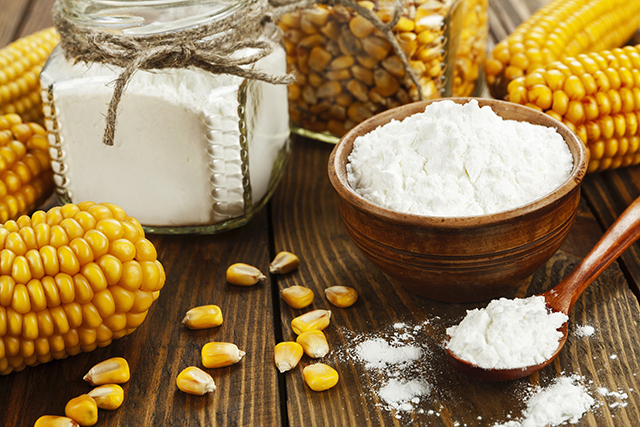Know what to expect and how to respond during natural disasters
07/27/2018 / By Frances Bloomfield

The key to making it through any natural disaster is preparation. Getting caught unprepared and unawares by any kind of disaster will guarantee that your chances of getting through it in one piece are slim to none. Luckily, this guide can better your chances of surviving what Mother Nature can and will throw at you.
Of course, knowing what to expect will entail researching on the sort of emergencies and natural disasters that are common to your corner of the world. Fires can affect anyone at any place, but certain hazards are more standard to some regions over others. For example, living on the West Coast puts you at higher risk of earthquakes while also ensuring that you won’t be experiencing tornadoes anytime soon. Conversely, residing within or in close proximity to Tornado Alley (that is, northern Texas, Oklahoma, Kansas, Iowa, Nebraska, eastern Colorado, and select parts of Louisiana) will make tornadoes a prevailing part of life.
Do your research by watching the news, talking to neighbors, and asking your local government. Find out the locations of your local emergency shelters and their distance from your home or office so that you can plan the fastest route to get there. (Related: Remember these 5 lessons from Hurricane Katrina to prepare for survival during any disaster.)
When you’ve finally determined what you’ll be going up against, you’ll know how to respond to them. Specifically, you’ll be able to gauge whether evacuation or hunkering down in your homestead is the better option, and how to secure your property in the best possible way. Say your area is prone to flooding; in this scenario, you won’t necessarily have to leave your home behind. However, you will have to elevate your possessions to save them from getting wet and keep several sandbags handy to prevent water from entering your property. On the other hand, if a tornado is heading your way then your best option will be to get out of Dodge and head towards the closest, safest place.
Whether you choose to leave or stay in your home when disaster strikes, having emergency supplies is an absolute must. These should include food, water, a first-aid kit, a flashlight, a radio, and some tools. If you’re at home, make it a point to have these items in a bag as well to make it easy to reach for them and carry them out in case of an emergency. You should also consider adding heirloom vegetable seeds to your bag for if and when you end up in an area where you can grow your own garden.
A communication plan is another essential part of disaster preparation. Make a list of emergency contacts and important numbers, taking extra care to make sure that each one is updated, and give a copy of the list to everyone in your household. It also helps to have an out-of-area contact for when things really go south.
There are some other precautions you can take to secure yourself during particular disasters, such as:
- What to do during an earthquake: Location is vital. If you’re indoors, stay away from anything loose that might collapse on top of you and hide under a desk. If you’re outdoors, find a clear, open spot and steer clear of buildings, streetlights, and other tall objects. If you’re in a moving vehicle, stop the car in a place away from anything that might fall over and hang on.
- How to get through floodwater: Avoid flooded areas where you can’t see the bottom and areas where there’s rushing water. This means avoiding streams, drainage canals, and sewer drains. Keep to higher ground as much as possible.
These are just a few examples of what you should do during a natural disaster. If you’d like to read up on more survival guides, then feel free to visit Survival.news today to find just what you need.
Sources include:
Tagged Under: disaster preparation, disaster preparedness, preparedness and survival, survival



















